Are you ready for a truffle hunt in Oregon? These tasty fungi grow beneath the forest floor in many parts of our state. Oregon has four main types of truffles that people love to find and eat.
Truffles are special because they grow underground near tree roots. They form a helpful relationship with trees, especially Douglas firs. The trees give them sugar while truffles help trees get nutrients from the soil.
Most Oregon truffles can be found in the western part of the state. They like areas with lots of rain and the right soil conditions. Fall and winter are good times to look for them when the ground is moist.
There’s no guarantee of success, but that’s part of what makes finding even a handful so satisfying. Knowing how to read a landscape can open up a whole world of wild mushrooms growing quietly out of sight.
What We Cover In This Article:
- What Wild Truffles Look Like
- Truffle Lookalikes To Avoid
- Best Practices For Finding Truffles
- Where You Can Find Truffles Around The State
- Other Great Locations For Truffles
- When The Best Time Of The Year Is To Find Truffles
- The extensive local experience and understanding of our team
- Input from multiple local foragers and foraging groups
- The accessibility of the various locations
- Safety and potential hazards when collecting
- Private and public locations
- A desire to include locations for both experienced foragers and those who are just starting out
Using these weights we think we’ve put together the best list out there for just about any forager to be successful!
A Quick Reminder
Before we get into the specifics about where and how to find these plants and mushrooms, we want to be clear that before ingesting any wild plant or mushroom, it should be identified with 100% certainty as edible by someone qualified and experienced in mushroom and plant identification, such as a professional mycologist or an expert forager. Misidentification can lead to serious illness or death.
All plants and mushrooms have the potential to cause severe adverse reactions in certain individuals, even death. If you are consuming wild foragables, it is crucial to cook them thoroughly and properly and only eat a small portion to test for personal tolerance. Some people may have allergies or sensitivities to specific mushrooms and plants, even if they are considered safe for others.
The information provided in this article is for general informational and educational purposes only. Foraging involves inherent risks.
What Wild Truffles Look Like
The U.S. is home to several native truffle species that grow wild in forests across the country. Each one has its own unique scent, appearance, and preferred habitat. Here are the types of truffles you can find:
Oregon Black Truffles (Leucangium carthusianum)

Leucangium carthusianum, also called the Oregon black truffle, grows in the Pacific Northwest and usually shows up around Douglas-fir trees. It’s a native species and one of the more well-known edible truffles from the region.
On the outside, it looks like a small lump of coal—dark black, kind of lumpy or warty, and sometimes slightly smoother in spots. They’re usually about the size of a golf ball, but they can be smaller or larger depending on the season.
Inside, the truffle is firm with a marbled pattern of gray and white veins running through it. When it’s fresh, it smells fruity, almost like pineapple, but the scent gets stronger and muskier as it ripens.
If you’re out looking for them, check in moist, shady forests with soft, loamy soil, especially where there’s a lot of moss or ferns. They grow just below the surface, so people often use trained dogs to help sniff out the ripe ones.
Compared to the Oregon white truffle, which is lighter in color and has a sharper, garlicky aroma, the black truffle has a deeper, more earthy smell. It’s also bigger and firmer than the southern U.S. truffles like Tuber lyonii, which tend to be smaller, paler, and grow around hardwoods like oaks and hickories.
Oregon Winter White Truffles (Tuber oregonense and Tuber gibbosum)
Oregon has two native white truffles that are starting to get more attention: the Oregon Winter White Truffle (Tuber oregonense) and the Oregon Spring White Truffle (Tuber gibbosum). They grow underground in forests and are prized for their strong, savory aroma.
From the outside, these truffles are small, roundish, and kind of bumpy, usually pale beige to light brown. Cut one open, and you’ll see a white interior that darkens with age, showing off a web of white veins when it’s fully mature.
The Winter White Truffle pops up from late fall into February, while the Spring White starts showing up around January and can last into June. They’re pretty similar, but the Winter variety is known for having a more powerful scent and flavor.
To find them, you’ll want to look in forests with younger Douglas-fir trees on the west side of the Cascades. Truffle hunters often check for loose soil or spots where animals have been scratching, which can be a sign there’s something below.
When fully ripe, both types give off a bold smell that’s often compared to garlic, cheese, or earthy spices. They’re usually served raw, shaved over dishes to add that truffle kick without losing any of the aroma.
Appalachian Truffle (Tuber canaliculatum)
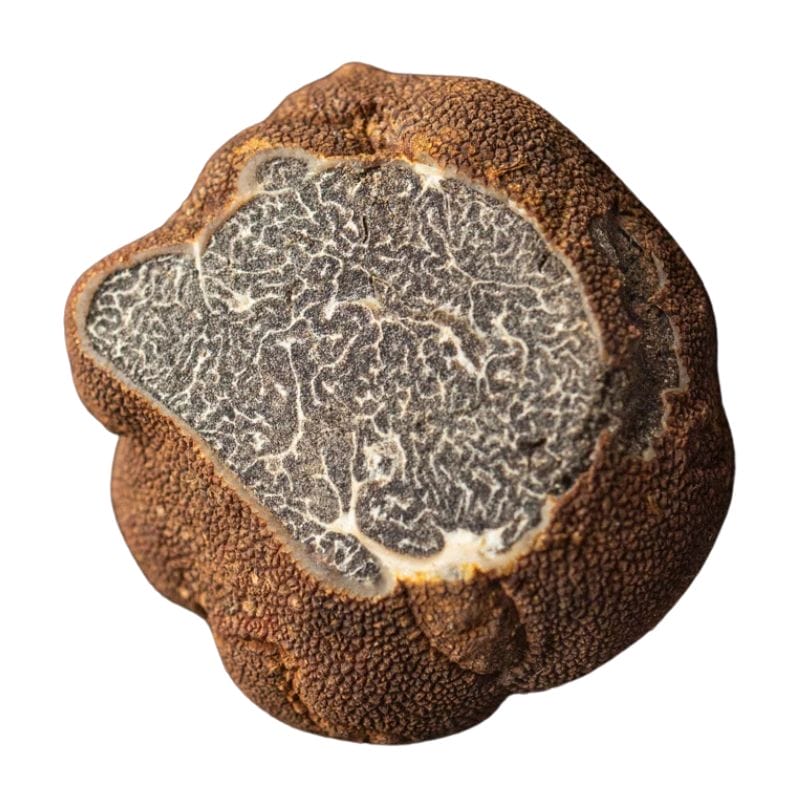
The Appalachian truffle, also known as Tuber canaliculatum, is a native North American truffle that’s slowly getting noticed. It’s about the size of a walnut and has a reddish-brown, bumpy outer surface that looks kind of like a rough, warty potato.
When you cut it open, the inside is firm and dark brown with thin white veins running through it like a marbled pattern. If it’s fully ripe, the smell is strong and earthy—some say it has a kind of nutty, funky aroma that stands out.
You can find these truffles in mixed hardwood forests, especially around oaks and pines, from late summer through fall. They grow underground, so look for spots where the soil is loose and animals like squirrels have been digging—sometimes that’s a good clue.
If you’re foraging, gently raking the top layer of soil near tree roots can help, but a trained dog or even a good nose makes it way easier. Once you know what to look for, the reddish color and bumpy skin are good signs you’ve found the right thing.
Compared to truffles like Tuber oregonense or Leucangium carthusianum, Tuber canaliculatum is more subtle in every way. Its smaller size and lighter scent mean you have to pay closer attention when foraging.
It’s also not as popular in the culinary world because it doesn’t pack the same punch in terms of flavor or aroma. Still, finding one can be rewarding, especially if you’re exploring different types of fungi in the area.
Desert Truffle (Terfezia and Tirmania spp.)
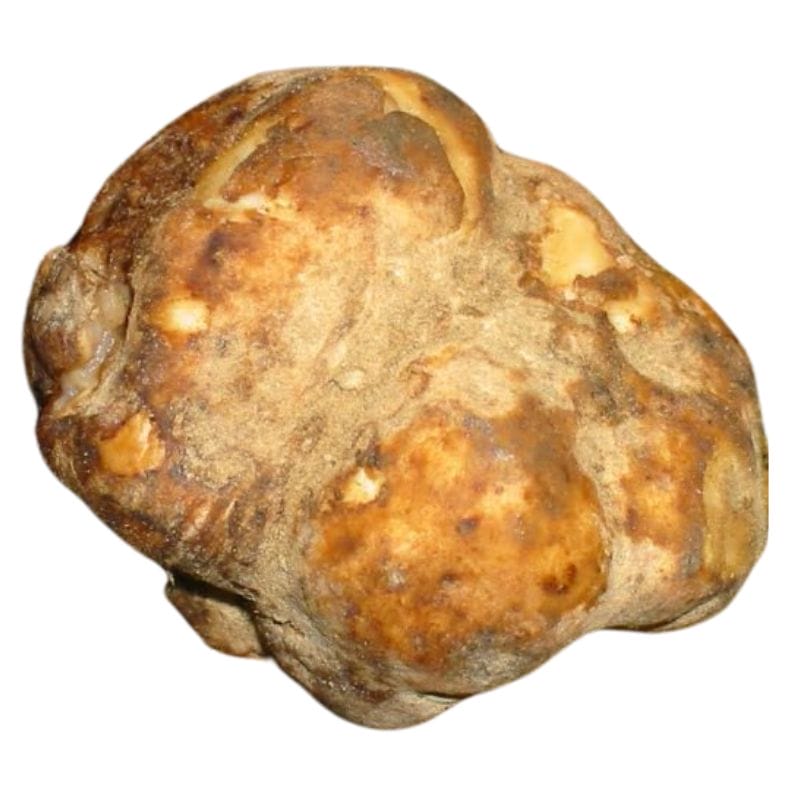
Terfezia and Tirmania are two types of truffles that are sometimes called desert truffles. These are a bit different from the truffles we usually think of, with their bold flavors and rich aromas.
These ones are a little more understated, but they’re fascinating in their own right. What makes them stand out is their ability to thrive in dry, harsh environments where you wouldn’t expect something so delicate to grow.
Unlike the earthy, intense aroma of black or white truffles, Terfezia and Tirmania truffles have a milder scent and flavor. They’re often described as nutty, with a hint of sweetness, but they lack the strong garlicky or musky notes you might associate with other truffles.
Their texture is also different—more firm and less oily than what you’d find with species like Tuber oregonense. They might not have the same culinary punch, but they’re still prized in traditional dishes, where their subtle flavors shine in simpler recipes.
When it comes to appearance, they’re easy to spot once you know what you’re looking for. They’re round to slightly irregular in shape, and their color can range from light beige to a reddish-brown, depending on the species.
The surface is usually smooth or slightly textured, without the rough, knobby look of a black truffle. Cut one open, and you’ll see a pale interior that’s often uniform in color, lacking the intricate veining you’d see in something like Leucangium carthusianum.
Pecan Truffle (Tuber lyonii)
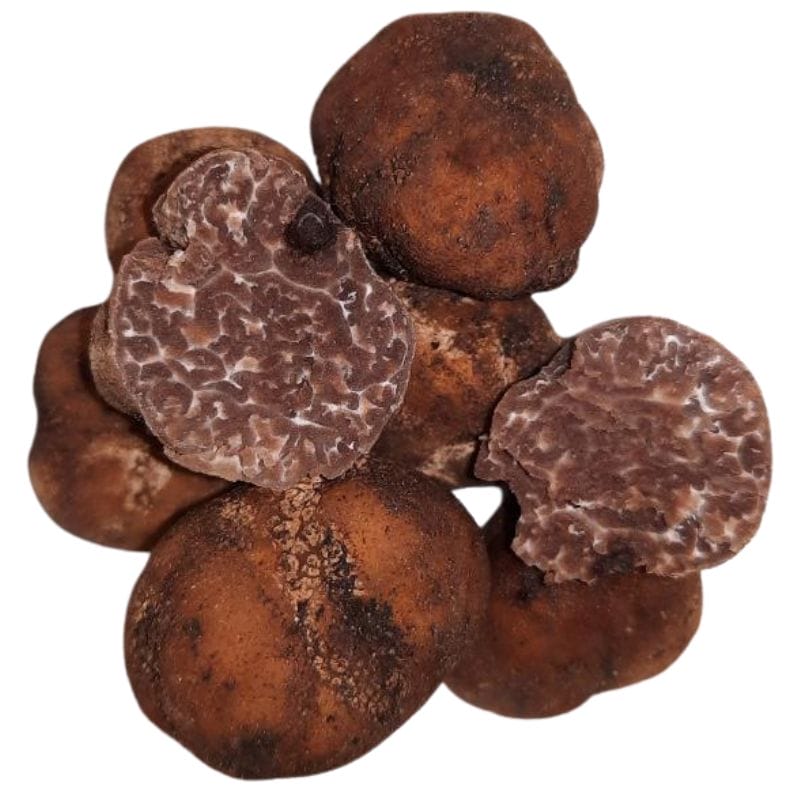
Tuber lyonii, also known as the pecan truffle, is a native North American truffle that grows underground near the roots of pecan trees. You’ll mostly find it in the southeastern U.S., especially in states like Texas, Georgia, and Mississippi.
On the outside, pecan truffles are round to lumpy and have a smooth, light brown skin that darkens as they age. They’re usually about the size of a marble or golf ball, and sometimes they even poke up slightly through the soil surface.
If you slice one open, the inside has a pretty marbled look—light tan streaks mixed with darker brown, almost like wood grain. The smell is earthy, nutty, and kind of warm, especially when they’re fully mature.
When you’re out looking for them, check under mature pecan trees or other hardwoods like oaks and hickories. Trained dogs can help sniff them out, but people sometimes spot them by looking for little cracks in the soil or raised areas near the tree’s base.
Compared to other U.S. truffles like the Oregon white truffle or the Appalachian black truffle, pecan truffles have a milder flavor and are more common in orchards. They’re a solid option in the kitchen—freshly sliced over pasta or mixed into butter—and they don’t come with the high price tag of their European cousins.
Truffle Lookalikes To Avoid
When you’re out hunting you also need to know about a few different fungi species that look very similar to the delicious truffles we’re after but are either inedible or not worth eating. Keep an eye out for:
Pine Truffles (Geopora cooperi)
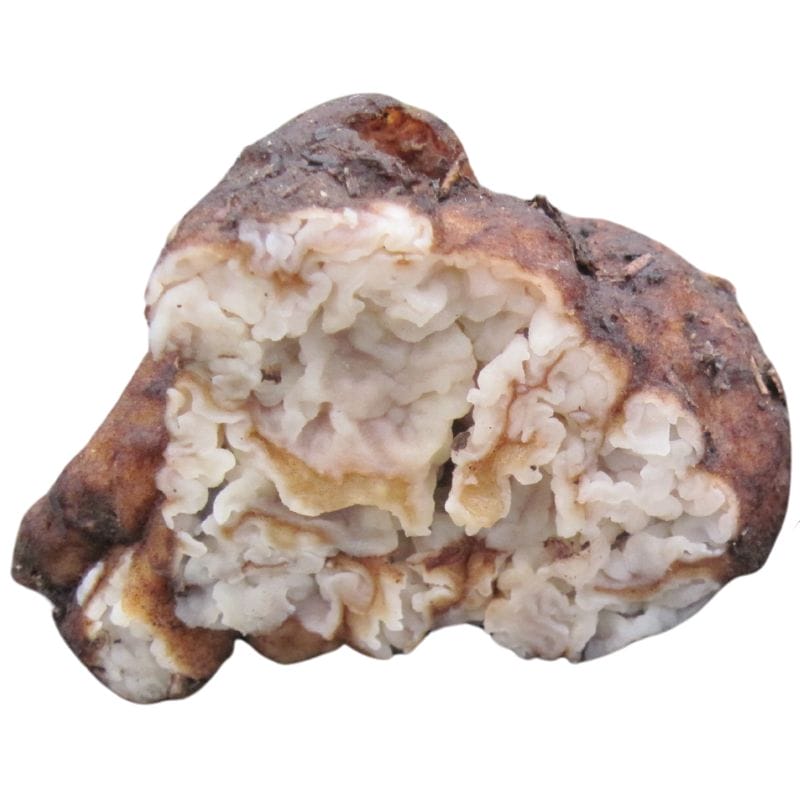
Geopora cooperi is a fungus that can easily confuse someone new to truffle hunting. It’s sometimes called the pine truffle because it grows underground like a true truffle and often pops up near certain trees.
At first glance, it might seem like you’ve hit the jackpot, but this one is a false truffle, not something you’d want to eat or sell.
The easiest way to tell Geopora cooperi apart from real truffles is by looking closely at its structure. While true truffles have a smooth or slightly knobby exterior and a marbled interior, Geopora cooperi has a rougher, more irregular outer surface.
When it matures, it sometimes splits open, revealing a cup-like shape, which true truffles never do. Inside, it’s less dense and doesn’t have the intricate veining that makes real truffles so unique.
Another big difference is the smell. True truffles have a strong, rich aroma that’s earthy, sweet, or garlicky, depending on the species. Geopora cooperi, on the other hand, has a much weaker scent, and it’s not as pleasant or distinctive.
If you’re relying on aroma to identify your find, this one will give itself away pretty quickly. So, while it might look similar at first, a closer inspection will show it’s not the culinary treasure you’re hoping for.
Stinking Slime Truffle (Melanogaster ambiguus)
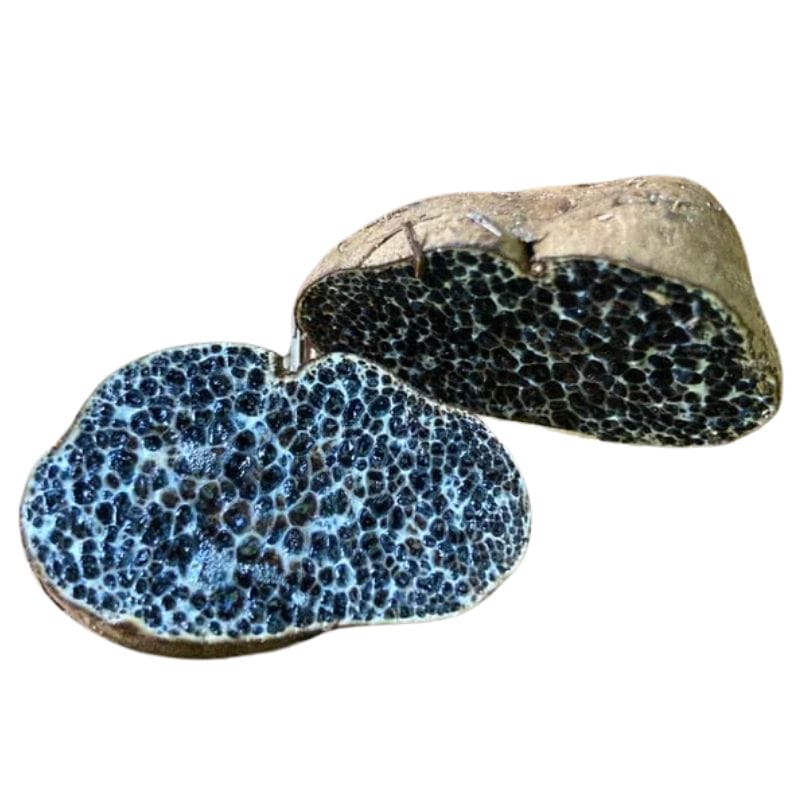
Melanogaster Ambiguus, because of their reddish-brown to dark brown exterior, might look like true truffles at first glance, but they’re quite different when you know what to look for.
The key difference is on the inside. When you cut open Melanogaster ambiguus, the interior is filled with flattened cells that have a shiny black gelatinous feel to them. Real truffles, on the other hand, have those beautiful marbled veins running through their flesh, almost like a web.
Another giveaway is the smell. While real truffles have a rich, earthy aroma that’s mouthwatering, Melanogaster ambiguus tends to have a much stronger, almost unpleasant odor—it’s not something you’d want to sprinkle on your pasta.
Earthballs (Scleroderma)
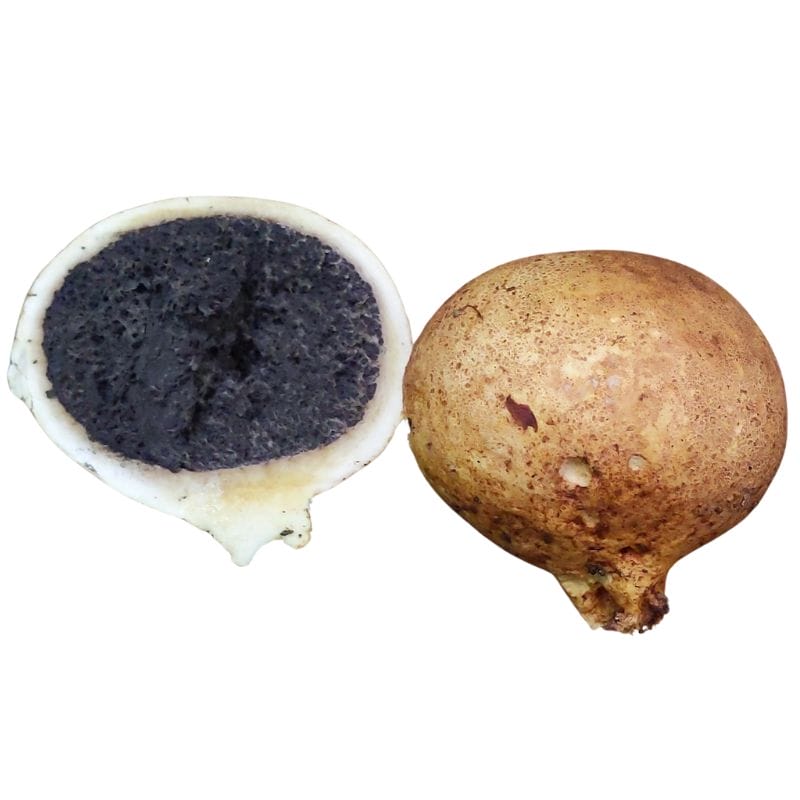
Scleroderma, commonly called earthballs, can easily fool someone who’s just starting out because they grow underground and have a round shape similar to truffles. But don’t be tricked—Scleroderma is not a true truffle, and it’s actually toxic, so it’s important to know how to tell the difference.
The first thing you’ll notice is the outer skin, which is thicker and tougher than that of most truffles. It can range in color from yellowish to dark brown, often with a rough or cracked texture.
If you cut it open, the difference becomes even clearer. While true truffles have a marbled interior with delicate white veins, Scleroderma starts out with a whitish inside that quickly darkens as it matures, turning black or purple with no marbling. It’s dense and solid, almost like charcoal in the later stages.
Another big giveaway is the smell. True truffles have a rich, earthy aroma that makes them so prized, while Scleroderma has little to no pleasant scent—some even describe it as musty or unpleasant.
Deer Truffles (Elaphomyces)
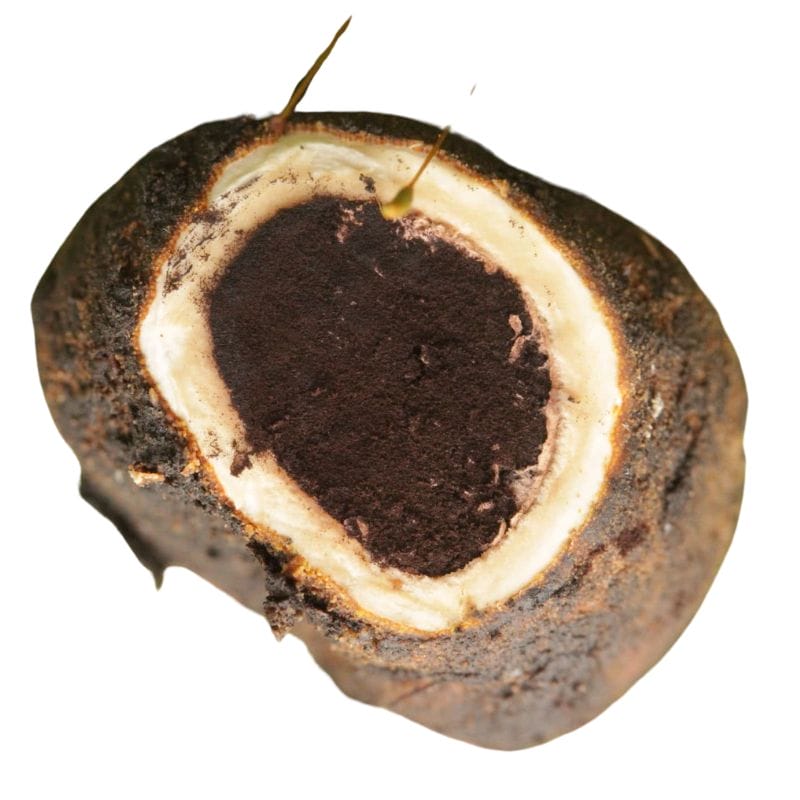
Elaphomyces, also known as deer truffles, look like true truffles at first glance, but they’re a whole different story. They’re called deer truffles because wildlife, especially deer and rodents, love to eat them. For us humans, though, they’re not edible—and definitely not what you want to mistake for a prized truffle.
Here’s how you can tell Elaphomyces apart from the real thing. First, they have a tough, warty outer surface that can range from pale tan to black, depending on the species and their age.
When you cut them open, the inside is solid and sometimes speckled or marbled, but not in the delicate, vein-like pattern you’d see in true truffles.
Their smell is also a big giveaway. Instead of the rich, earthy aroma of an edible truffle, Elaphomyces either has little scent or an odor that’s earthy but not particularly appealing.
Another thing to know is that Elaphomyces often grows deeper in the soil than true truffles, and they tend to have a harder, woodier texture.
Best Practices For Finding Truffles
Truffle hunting can be a rewarding adventure if you know the right tips and tricks. Here’s what you should keep in mind to improve your chances of finding these underground treasures:
Wait 10 to 14 Days After Heavy Rain
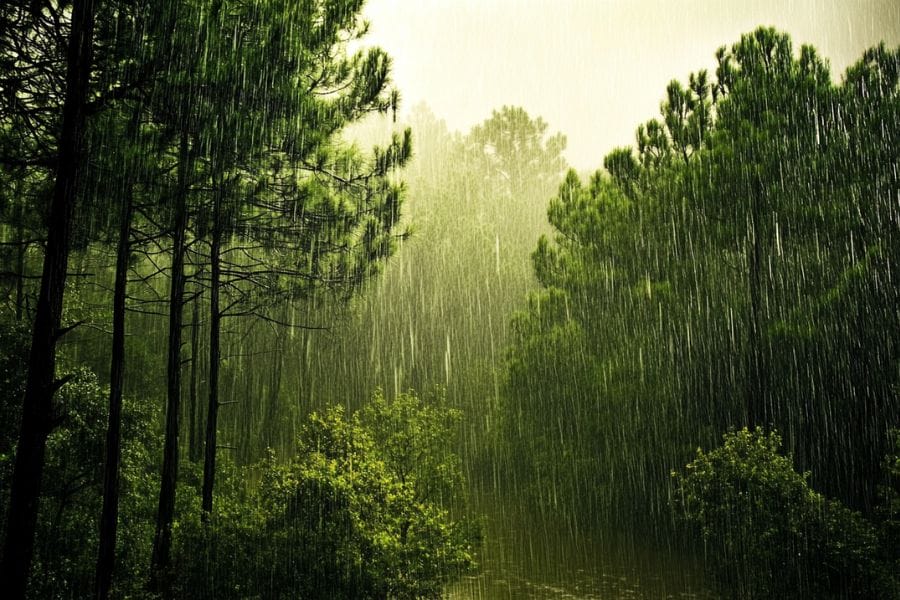
After a heavy rain, it’s best to wait about 10 to 14 days before heading out. This gives the truffles time to mature and release their signature aroma, making it easier for you (and your dog) to sniff them out. Rain helps truffles grow, but they don’t start giving off their scent right away.
As the soil warms up, the truffles get more aromatic, and the ground becomes looser, which makes digging easier without disturbing the environment too much. The timing is perfect to find truffles at their best—both in quality and in how easy they are to locate.
Find the Right Trees
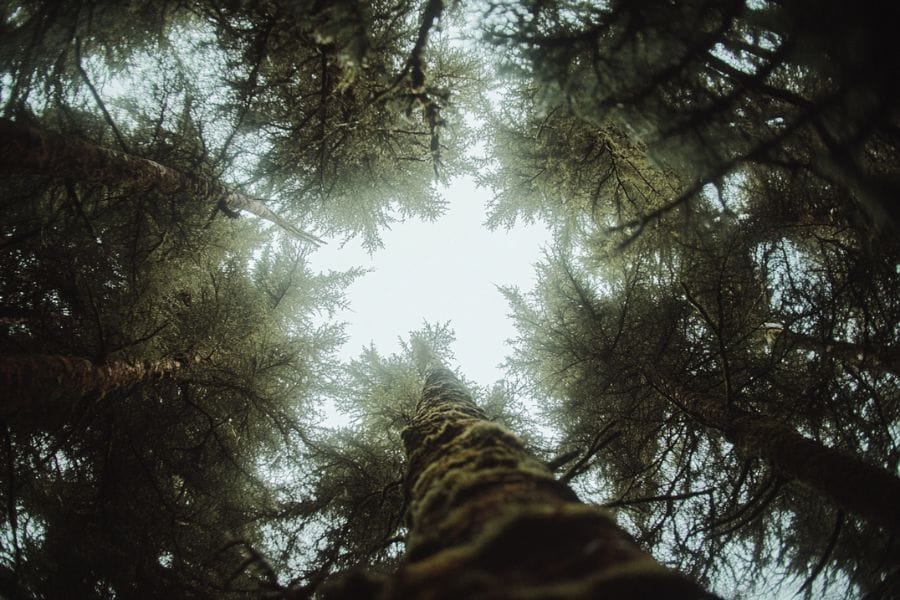
Truffles don’t grow just anywhere—they have a special relationship with certain trees. You won’t find them under just any tree, so knowing which ones to look for can make all the difference. Some of the best trees to look out for are:
- Pines
- Douglas-firs
- Oaks
- Hazelnuts
- Cypresses
- Willows
For example, if you’re looking for Oregon white truffles, keep an eye out for Douglas-fir trees. California black truffles, on the other hand, are often found near oaks and hazelnuts. The soil around these trees also needs to be slightly alkaline, so it helps to know what kind of ground you’re walking on as well.
Watch for Wildlife Activity
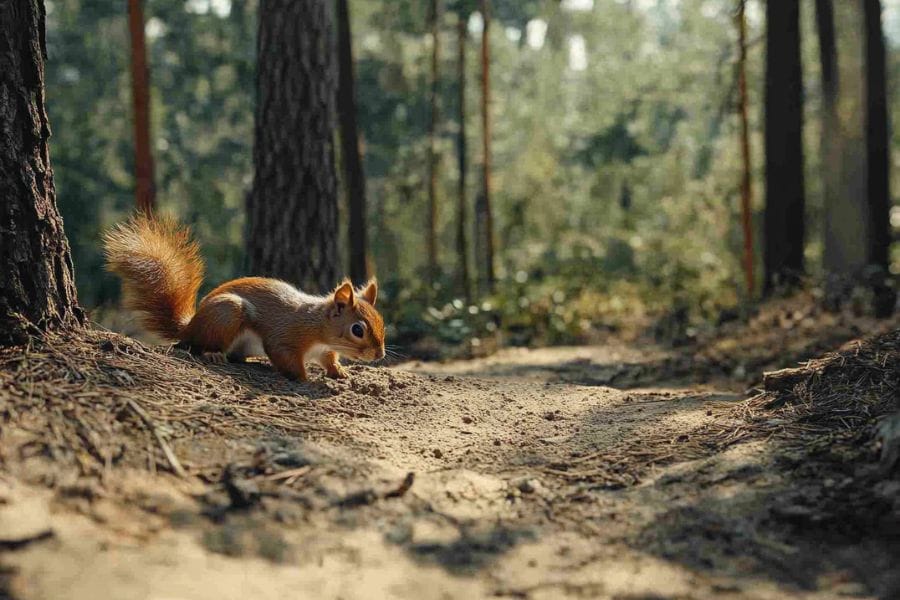
Animals like squirrels and chipmunks often help spread truffle spores, and sometimes their digging can lead you straight to truffles. While you won’t always find truffles in every pit animals dig (they also look for things like acorns or bulbs), fresh digs are a good clue. The more recent the pit, the better chance it has of leading to truffles.
Even though animals are a part of the truffle cycle, most hunters prefer using dogs to find the real treasure underground. Dogs have an incredible nose for truffles and can pinpoint their location much more reliably than any squirrel or chipmunk.
Get a Little Help from a Truffle-Hunting Dog
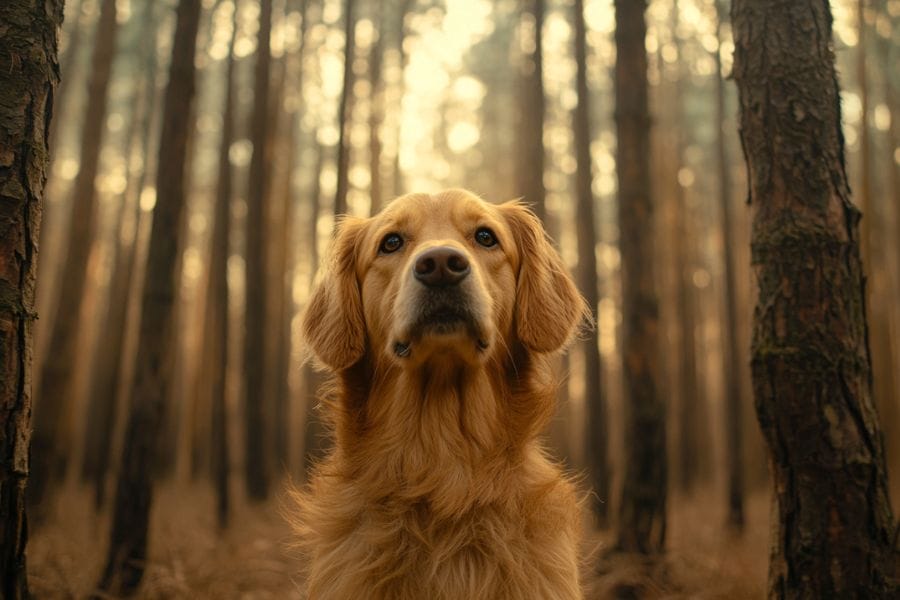
If you’re serious about truffle hunting, a trained dog can make your life a whole lot easier. Their sense of smell is extraordinary, and they’re trained to find mature truffles buried beneath the surface. Many truffle hunters swear by their dogs, and for good reason—they’re much more accurate than humans when it comes to sniffing out truffles.
If you don’t already have a trained dog, you can connect with local foraging groups or specialized trainers who offer truffle-hunting services. Some places even host events where you can see experienced handlers with their dogs in action. And if you’re feeling adventurous, you can train your own dog using truffle-scent kits and practice in a controlled space before hitting the woods.
Before you head out
Before embarking on any foraging activities, it is essential to understand and follow local laws and guidelines. Always confirm that you have permission to access any land and obtain permission from landowners if you are foraging on private property. Trespassing or foraging without permission is illegal and disrespectful.
For public lands, familiarize yourself with the foraging regulations, as some areas may restrict or prohibit the collection of mushrooms or other wild foods. These regulations and laws are frequently changing so always verify them before heading out to hunt. What we have listed below may be out of date and inaccurate as a result.
Where You Can Find Truffles Around The State
Now we’re going to go over five of the best locations for finding truffles. We’ll go a bit in-depth here and then provide a much longer list of other spots to try.
Willamette National Forest
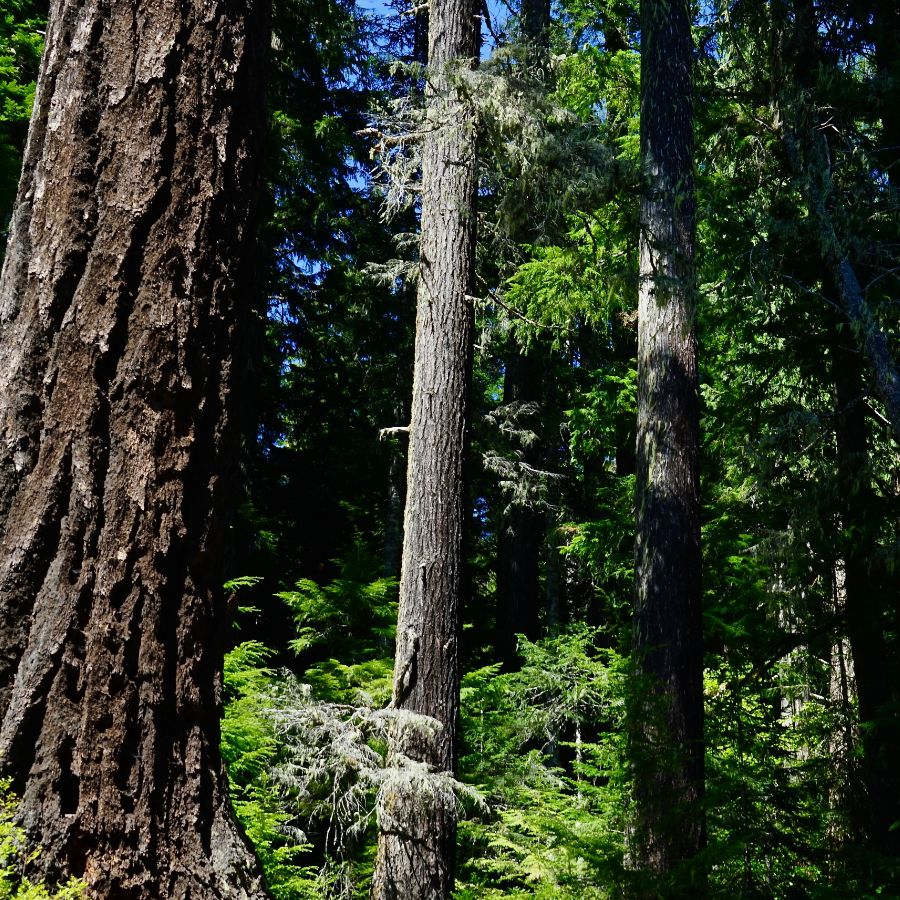
Willamette National Forest covers a large area in western Oregon along the Cascade Mountains. The forest has perfect soil conditions for truffles to grow naturally. Many people visit this spot because Douglas fir trees create an ideal home for both Oregon black and white truffles.
Look for truffles in stands of Douglas fir trees that are 10-40 years old. The best areas have minimal underbrush where you can easily rake through the top layer of soil. Focus on lower elevation spots near Lane County where the ground stays moist but not too wet.
The varying elevations mean truffles develop at different times throughout the season. Bring a small rake and watch for slightly raised areas of soil that might be hiding truffles.
Mount Hood National Forest
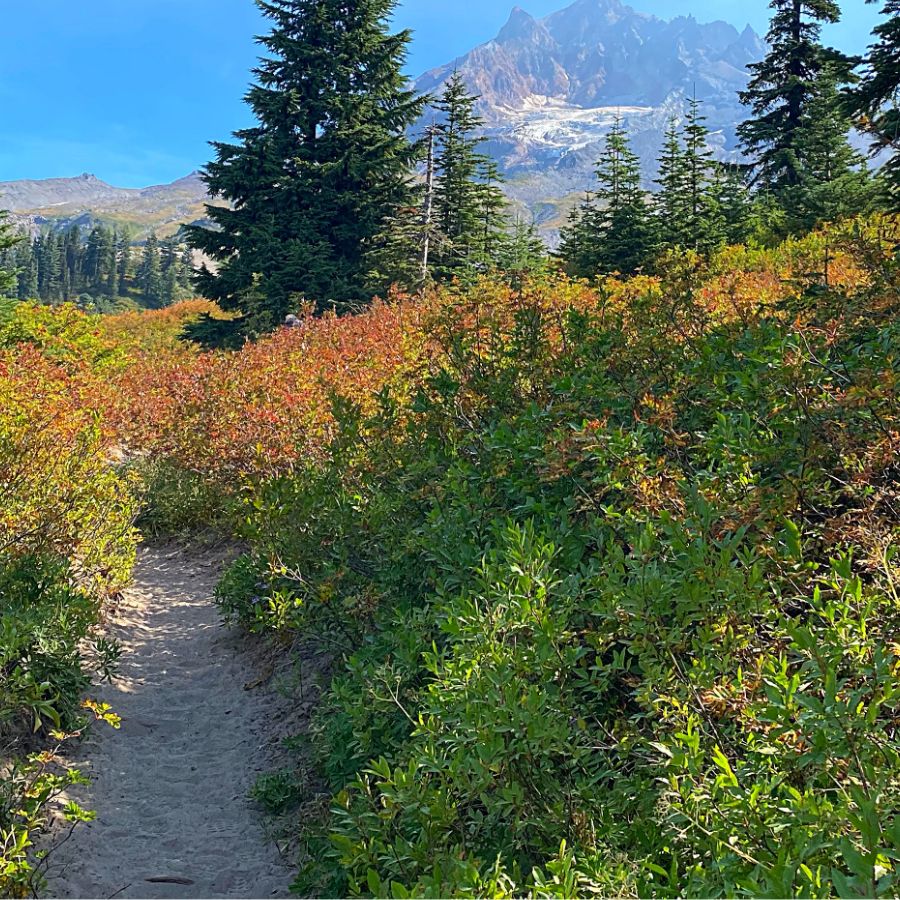
Mount Hood National Forest surrounds the iconic Mount Hood and has diverse ecosystems where truffles thrive. The western and southern sections contain excellent truffle habitat thanks to the mix of old and young Douglas fir trees. This location is known for having some of the best Oregon white truffles in the state.
Experienced hunters recommend searching areas near Zigzag and Government Camp. The forest floor in these spots has a thick layer of needles that creates perfect conditions for truffles.
Pay special attention to the edges of clearings and transition zones between young and mature trees. These areas often have the most productive truffle patches because of the special relationships fungi form with trees of different ages.
Siuslaw National Forest
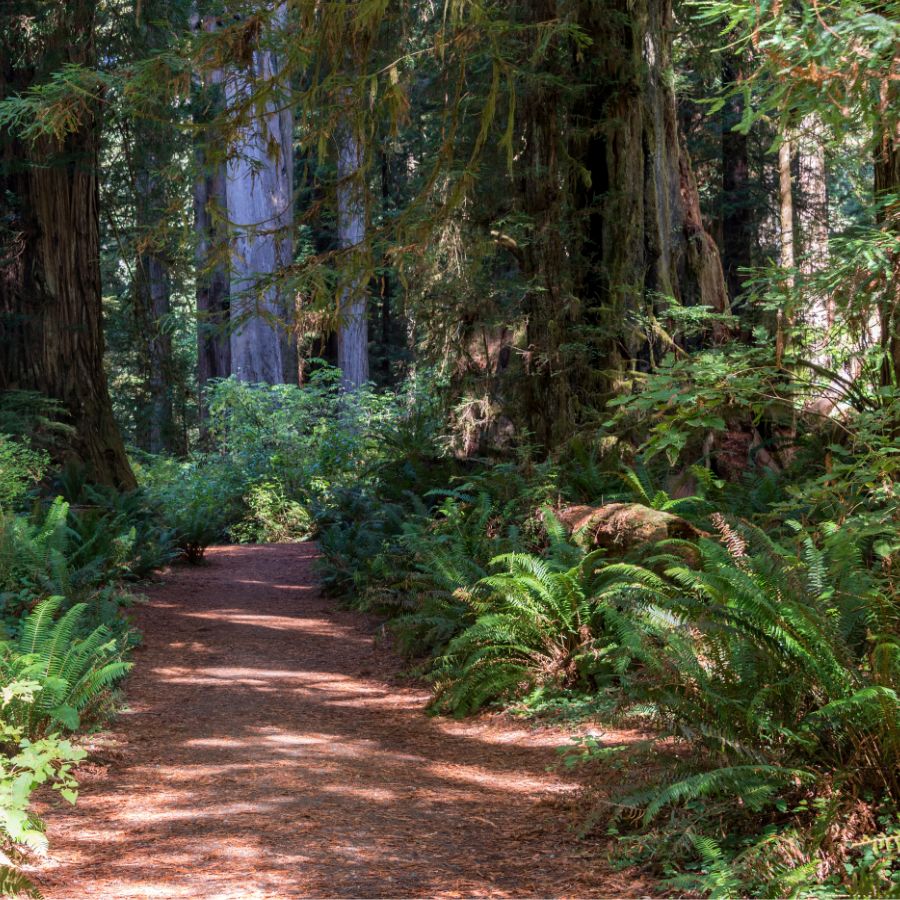
The moisture from coastal fog makes Siuslaw National Forest a unique truffle hunting ground. This forest stretches from the Coast Range to the Pacific Ocean, creating special growing conditions. The combination of ocean air and well-drained soil helps both black and white truffles grow abundantly.
The eastern portions near Corvallis tend to be most productive for truffle hunters. When hunting here, carefully scrape away the top layer of soil around Douglas fir trees that are 15-30 years old.
Visitors enjoy this forest because it offers beautiful ocean views while searching for truffles. Watch for spots where the ground appears slightly raised, which might indicate truffles growing below the surface.
Umpqua National Forest
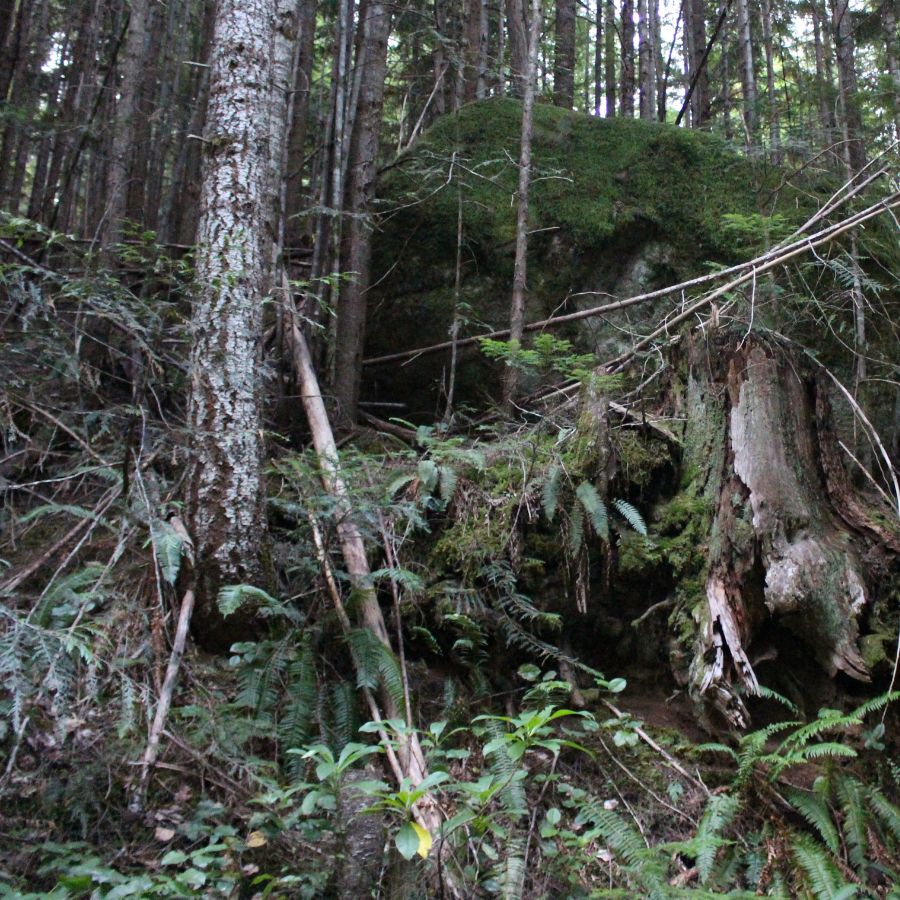
The diverse landscape of Umpqua National Forest makes it special for truffle hunting. Located in southwestern Oregon, this million-acre forest has several varieties of native Oregon truffles. The mild climate and good drainage create perfect conditions for valuable fungi.
Explore the areas around Diamond Lake and the North Umpqua River, where there are many Douglas fir plantations. South-facing slopes often produce the first truffles of the season because the soil warms earlier here.
The forest also has pockets of oak trees, which can yield Oregon brown truffles. These are becoming populer among chefs for their unique flavor profile.
Tillamook State Forest
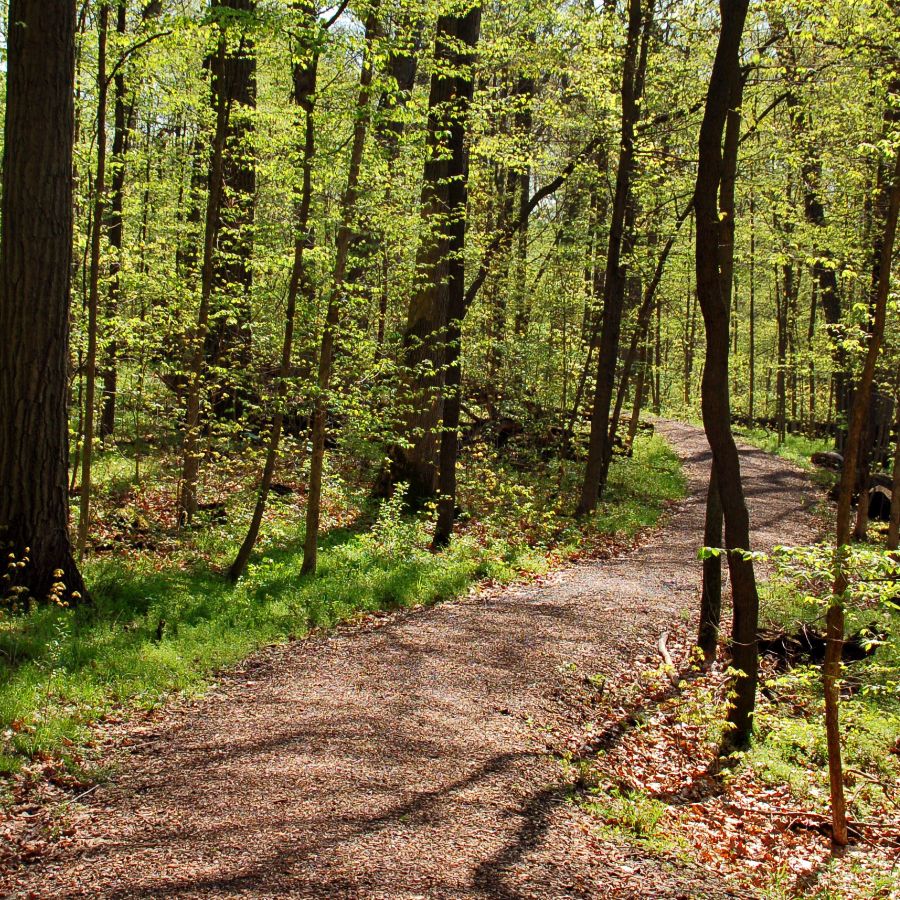
Tillamook State Forest is perfect for weekend truffle hunters because it’s close to Portland. After recovering from big fires decades ago, the forest now has many second-growth Douglas fir trees. This creates ideal habitat for finding Oregon white truffles, which are most common in this area.
The eastern sections tend to be best for finding truffles. The forest has many logging roads and trails that make it easy to reach good truffle spots.
Focus on stands of Douglas fir trees between 15 and 50 years old with little undergrowth. Search in the layer of soil just beneath the forest floor debris where truffles typically grow. The forest’s nearness to the coast provides enough moisture for truffles to develop properly.
Other Great Locations For Truffles
Coast & Coast Range
| Location | Collection Guidelines |
|---|---|
| Clatsop State Forest | Personal-use truffle harvesting is allowed under Oregon Department of Forestry (ODF) guidelines. |
| Drift Creek Falls Trail Area | State-managed land allows seasonal foraging for personal use only. |
| Elliott State Forest | Permitted for personal-use truffle foraging in designated areas. |
| Gales Creek Campground | Located in Tillamook State Forest; personal-use truffle foraging allowed. |
| Lincoln County State Forest | Collection is allowed for personal use without disturbing the forest floor. |
| Saddle Mountain State Natural Area | Truffles can be harvested for personal use along lesser-used forest trails. |
| Siuslaw National Forest | Collection allowed with permit and trained dog in designated zones. |
| Tillamook State Forest | Personal-use foraging is permitted with minimal ground disturbance. |
Willamette Valley
| Location | Collection Guidelines |
|---|---|
| Baskett Slough Wildlife Refuge | Areas outside sensitive habitats allow limited personal-use foraging. |
| E.E. Wilson Wildlife Area | State-managed land allows personal-use truffle collection seasonally. |
| Forest Grove District (ODF) | Truffle collection for personal use permitted in non-sensitive zones. |
| McDonald-Dunn Forest | Oregon State University-owned land where seasonal foraging is permitted. |
| McMinnville Woodland Parcels | State-managed woodlands where non-commercial truffle foraging is allowed. |
| Salem District State Forest | Permits personal-use collection under Oregon forestry rules. |
| Silver Falls State Park Backwoods | Less-trafficked forested areas permit light foraging for personal use. |
| Willamette National Forest | Dog-assisted foraging is allowed with a valid permit. |
Cascade Range & Foothills
| Location | Collection Guidelines |
|---|---|
| Breitenbush Camp Area | National Forest land allows seasonal dog-assisted foraging with a permit. |
| Deschutes National Forest | Collection allowed with a trained dog and permit in select forest areas. |
| Diamond Peak Wilderness Edge | Truffles can be collected near the forest boundary with a proper permit. |
| Mount Jefferson Wilderness Border | Permit-based collection allowed near trail access zones. |
| Mount Hood National Forest | Truffle foraging is allowed with permit and dog in low-impact zones. |
| Willamette Pass Trail Network | Select trails permit foraging by permit and with trained dogs. |
Southern & Southwest Oregon
| Location | Collection Guidelines |
|---|---|
| Ashland Watershed Trails | Certain non-sensitive trails allow limited personal-use collection. |
| Butte Falls Resource Area | Managed BLM land permits foraging with a dog and free-use permit. |
| Jacksonville Woodlands | City-managed natural area permits light foraging for non-commercial use. |
| Rogue River-Siskiyou National Forest | Permit and trained dog required in permitted truffle zones. |
| Umpqua National Forest | Truffle collection allowed with seasonal permit and trained dog. |
| Wagner Creek Watershed Area | Portions of public forestland allow careful truffle harvesting. |
Eastern & Central Oregon
| Location | Collection Guidelines |
|---|---|
| Crooked River National Grassland | BLM areas allow personal-use collection with a dog and permit. |
| Ochoco National Forest | Truffle collection allowed with a permit and trained dog. |
| Paulina Ranger District | Limited seasonal access with dog and permit for truffle foraging. |
| Prineville BLM District Forests | Personal-use harvest allowed in designated spots with permits. |
| Wallowa-Whitman National Forest | Permit-based collection permitted on the western slopes. |
State Wildlife & Water Areas
| Location | Collection Guidelines |
|---|---|
| Fern Ridge Wildlife Area | Personal-use foraging allowed outside protected bird nesting zones. |
| Lower Deschutes Wildlife Area | State land permits light truffle collection in riparian woodlands. |
| Sauvie Island Wildlife Area | Truffles may be foraged for personal use along allowed trail areas. |
| Summer Lake Wildlife Area | Collection permitted in tree-rich areas, excluding sensitive wetlands. |
| White River Wildlife Area | State-regulated foraging permitted in forest patches with mature oaks. |
When The Best Time Of The Year Is To Find Truffles
Winter is prime truffle season in Oregon, with most hunting happening from November through March. Oregon black truffles usually appear first, starting in late fall and peaking around December and January.
White truffles typically reach their best quality from January through March. The perfect time to search is after a few days of rain followed by mild weather.
Fall can produce some early truffles, while spring might offer late-season finds in higher elevations.
Weather patterns affect when truffles mature, so timing varies slightly each year. Local truffle festivals, usually held in January, can be good indicators of peak season.
One Final Disclaimer
The information provided in this article is for general informational and educational purposes only. Foraging for wild plants and mushrooms involves inherent risks. Some wild plants and mushrooms are toxic and can be easily mistaken for edible varieties.
Before ingesting anything, it should be identified with 100% certainty as edible by someone qualified and experienced in mushroom and plant identification, such as a professional mycologist or an expert forager. Misidentification can lead to serious illness or death.
All mushrooms and plants have the potential to cause severe adverse reactions in certain individuals, even death. If you are consuming foraged items, it is crucial to cook them thoroughly and properly and only eat a small portion to test for personal tolerance. Some people may have allergies or sensitivities to specific mushrooms and plants, even if they are considered safe for others.
Foraged items should always be fully cooked with proper instructions to ensure they are safe to eat. Many wild mushrooms and plants contain toxins and compounds that can be harmful if ingested.


